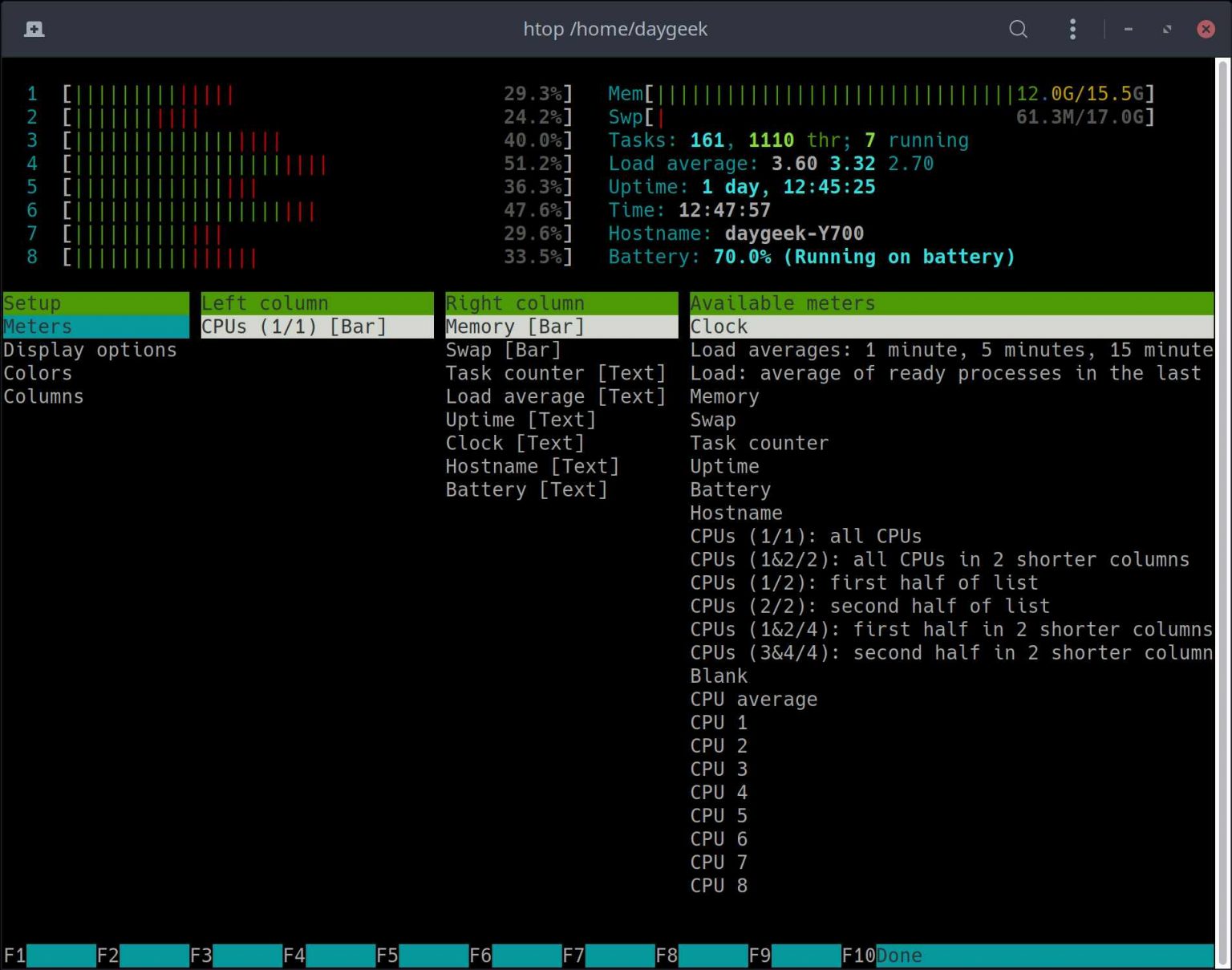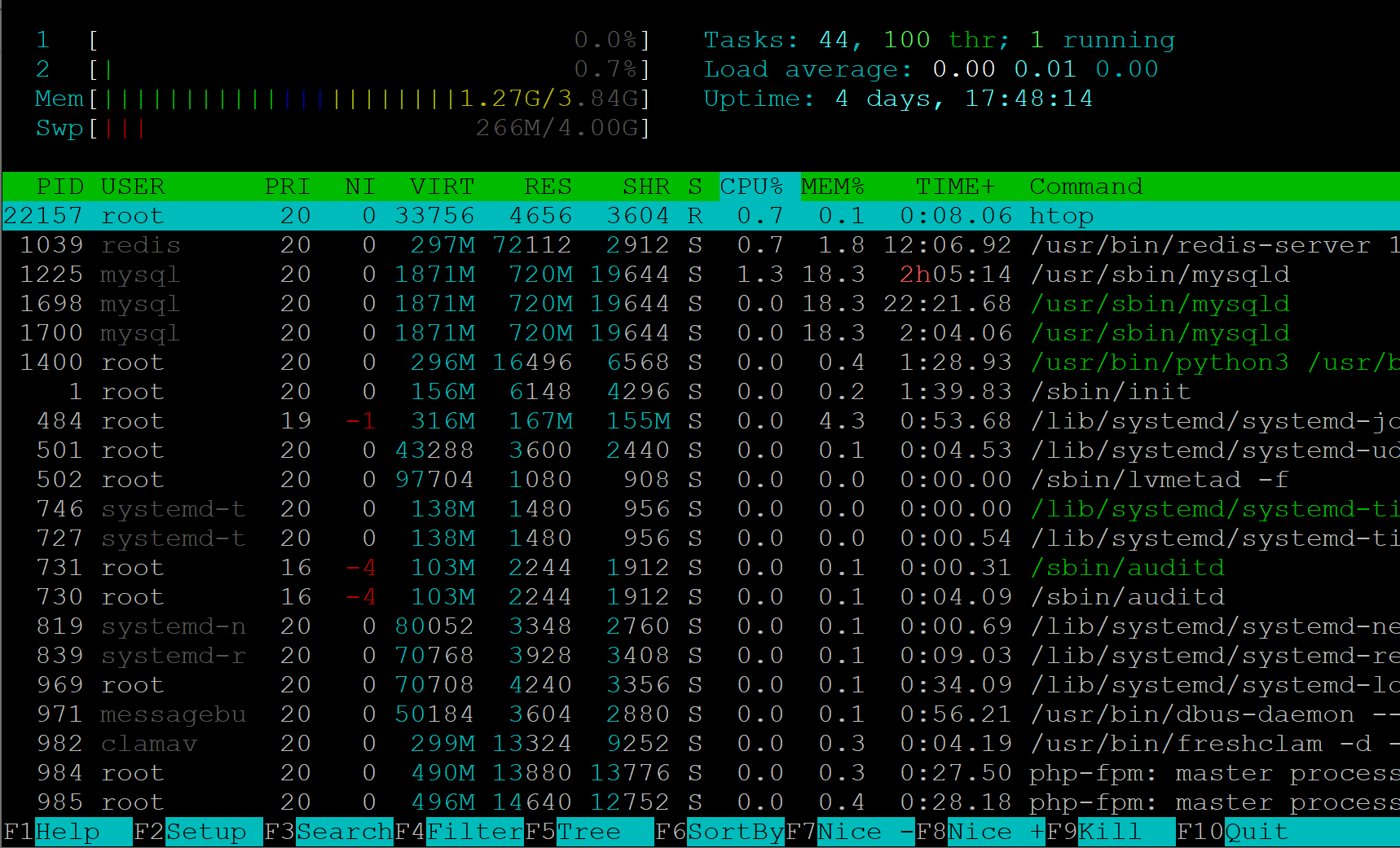
Press P: sort according to CPU utilization When the top is running in the interactive terminal, you can press the following keys for desired sorted lists: The top process list can be sorted according to certain parameters:

For instance, SIGKILL has a signal number of 9, and SIGTERM is 15. You could type in SIGKILL or another signal you wish to send you could also enter a signal number here. This will issue SIGTERM, which allows the process to be terminated gracefully. To kill a process, you can press k while the top interactive terminal is running, then there will be a prompt to enter the PID and press enter. The refresh rate can be customized, however, the default rate is 3 seconds, you can tweak them by pressing d and changing the delay value to your desired value. PID USER PR NI VIRT RES SHR S %CPU %MEM TIME+ COMMAND Now comes processes related information, process ID, user who owns the process, process priority, nice value of the process, virtual, physical, and shared memory used by the process, process status, CPU and RAM usage, time of activity, and command that runs in that particular process. The next two lines in the output, show the information related to RAM and swap memory usage. St: time stolen from this VM by the hypervisor The following line shows the CPU usage in percentage as the below describes certain values: us: user The 2nd line shows information about total number processes, number of running processes, number of sleeping processes, number of stopped processes, and number of zombie processes. To understand the entries for 1st line, current time, duration since the system is up and running, active user sessions, and average load on the system for last 1 min, 5 mins and 15 mins. By default, 3 secs, the list will be updated. Often this utility is being used by System Administrators, that provide a limited interactive interface for process manipulation as well as a much more extensive interface for personal configuration encompassing every aspect of its operation.

More accurately, summarized information of the system and the list of processes or threads based on CPU usage, which is currently managed by the Linux Kernel can be viewed as the output of the command. A dynamic real-time view of the running system can be viewed by using this utility. Top command is used to show the background Linux processes. This tutorial will discuss such a command-line utility that helps users to view the background process running in the Linux environment.

To closely monitor them, we use certain tools, commands and utilities so that we can get the better of them. The Cloud Servers are often used for General purposes, Computation intensive and Memory intensive operations.


 0 kommentar(er)
0 kommentar(er)
